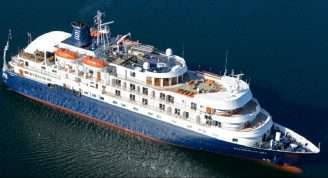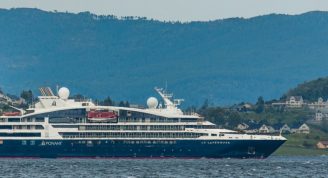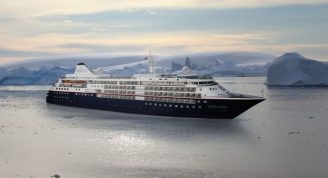Description
Fiji, Tonga and the Cook Islands may not be classic holiday destinations, yet with miles of pristine coral reef, white sand encircled islets and blue lagoons a go-go, they should be. Underscored by magic, mystery and myth – legend has it that the Vava’u islands were fished from the bottom of the sea by the demi-god Maui – beauty permeates every coast. We believe that these isolated shores are perhaps the most beautiful on Earth, join us to find out for yourself.
Trip Name
Lautoka to Papeete Expedition (Silver Explorer)
Days
12
Overview
Vessel Type: Luxury Expedition
Length: 108 metres
Passenger Capacity: 144
Built / refurbished: 1989 / 2008 / 2018
Silversea’s purpose-built luxury Silver Explorer expedition cruise ship has been designed specifically for navigating waters in some of the world’s most remote destinations, including both of earth’s polar regions. A strengthened hull with a Lloyd’s Register ice-class notation (1A) for passenger vessels enables the Silver Explorer Expedition Cruise Ship to safely push through ice floes with ease. A fleet of 12 Zodiac boats allows Silversea Expedition guests to visit even the most off-the-beaten path locations and an expert Expedition Team provides insight and understanding to each unforgettable Silver Explorer luxury cruise adventure.



















